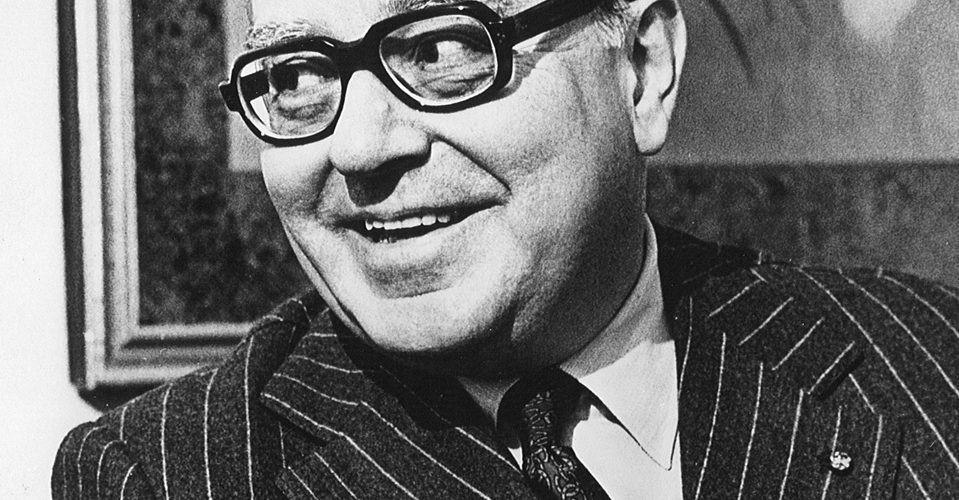
From Argentina with Love
AYO Blog
AYO National Music Camp 2017
By Elsabeth Parkinson

Week 2, Orchestral Concert: Saturday 21 January, 7.30pm
GINASTERA Estancia: Four Dances, Op.8a
Alexander Orchestra – Dietrich Paredes, conductor
As if being principal percussionist of the Tasmanian Symphony Orchestra weren’t enough, Gary Wain is also a conductor and a composer – and this year, he’s one of National Music Camp’s tutors as well. He’s played Ginastera’s Estancia dances himself a number of times, and understands the challenges and delights of the work.
‘It’s a relaxed play,’ he says decidedly. ’Even though it’s busy, it’s not an intense piece. We do have to be precise about it, but we can have fun with it as well. Everybody likes the last movement, the malambo, because it’s loud and noisy. But the first movement is subtle, and it’s not too fast – it’s a bit more considered.’
Such rhythmic nuances are a hallmark of Ginastera’s work, which draws heavily from his native Argentinian folk music. His ballet Estancia is full of these references, narrating a tale of love, rivalry and cowboys, or gauchos, set in the grassy pampas hinterland. These themes echo throughout the orchestral suite as well, starting with the adventurous first movement and its rhythms of shifting threes and twos. A love scene is suggested by the romantic sway of the second movement, the Dance of the Wheat.
The third movement depicts the cattle men – wild, with a rugged nobility implied by brass and percussion. The final malambo is a local country dance with intricate cross-rhythms and a fierce element of competition, as the gauchos try to outdo each other. It marks the climax of the ballet, when the hero wins the heart of the girl and the respect of the town by dancing the other men into their own turf. Such dance-oriented music poses a puzzle for the percussionists, says Gary, who often have to integrate a beat which they’re not actually allowed to play.
‘You always have a really strong first beat of the bar,’ he explains. ‘But for the percussion there’s often a rest there, and you play all the after-beats. And you still have to feel that the first beat is there – that silence itself can be loud. If you know where ‘beat one’ is, then that transmits to the audience.’
Observing the conductor work with the orchestra has also been enjoyable for Gary.
‘Dietrich is Venezuelan, so this is music from his neck of the woods,’ he points out. ‘He wears his heart on his sleeve and he knows how to move well on the podium. I think he likes this kind of dance music, and he likes it loud, noisy, and tight – which is good!’
Elsabeth Parkinson was a participant of the Words About Music program at AYO National Music Camp 2017